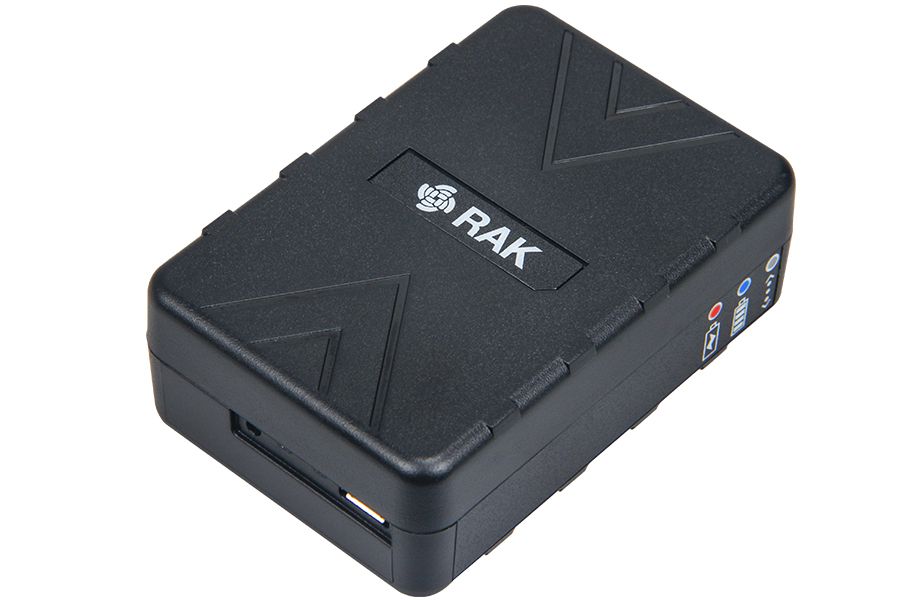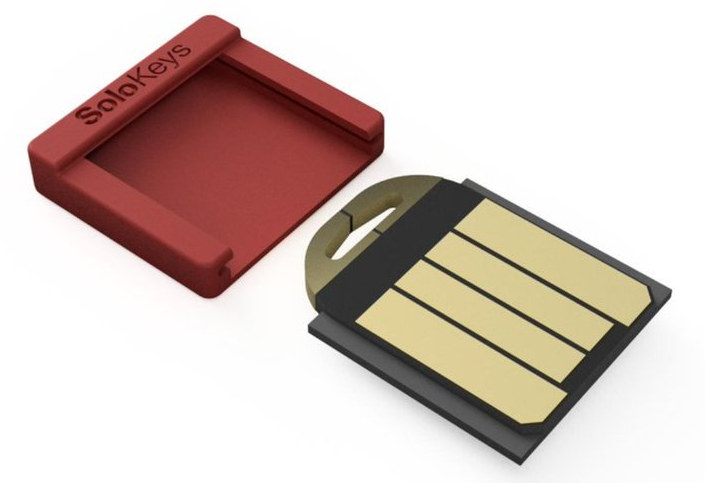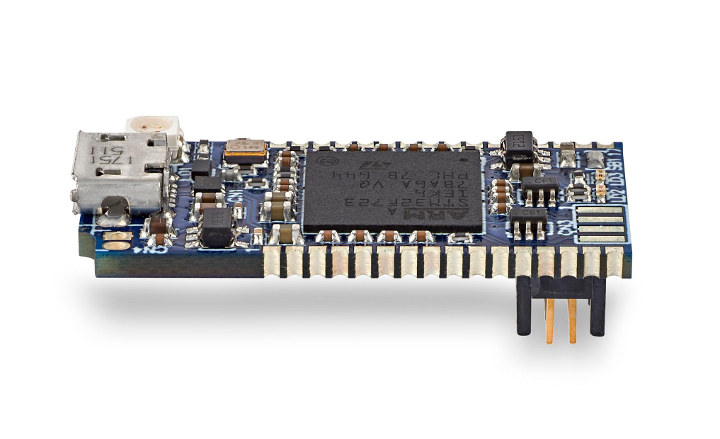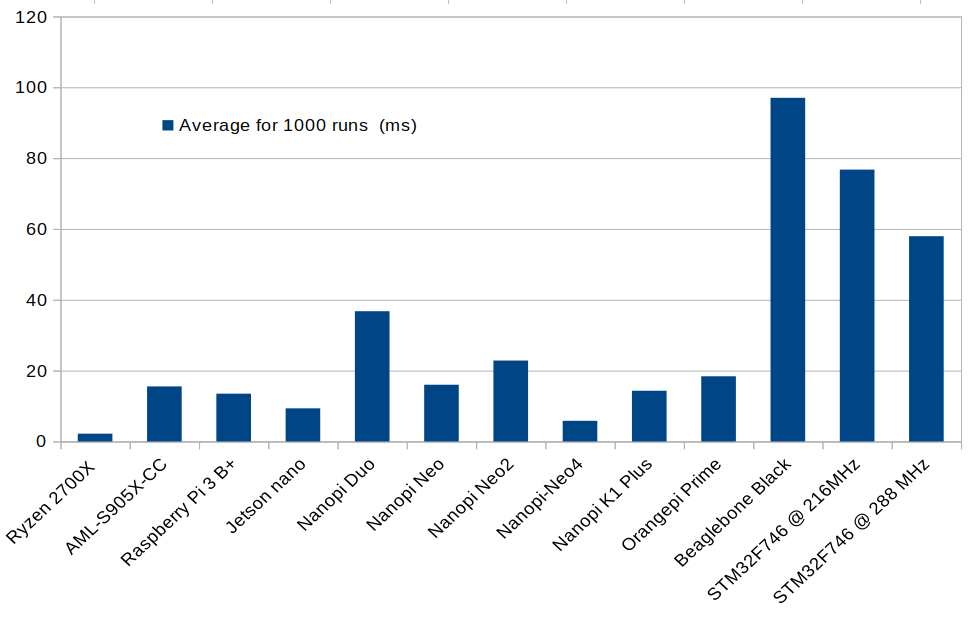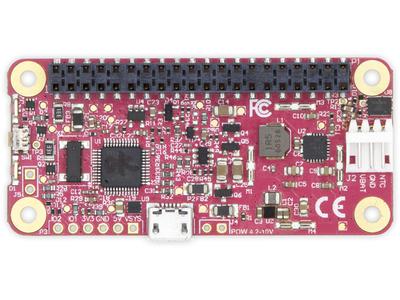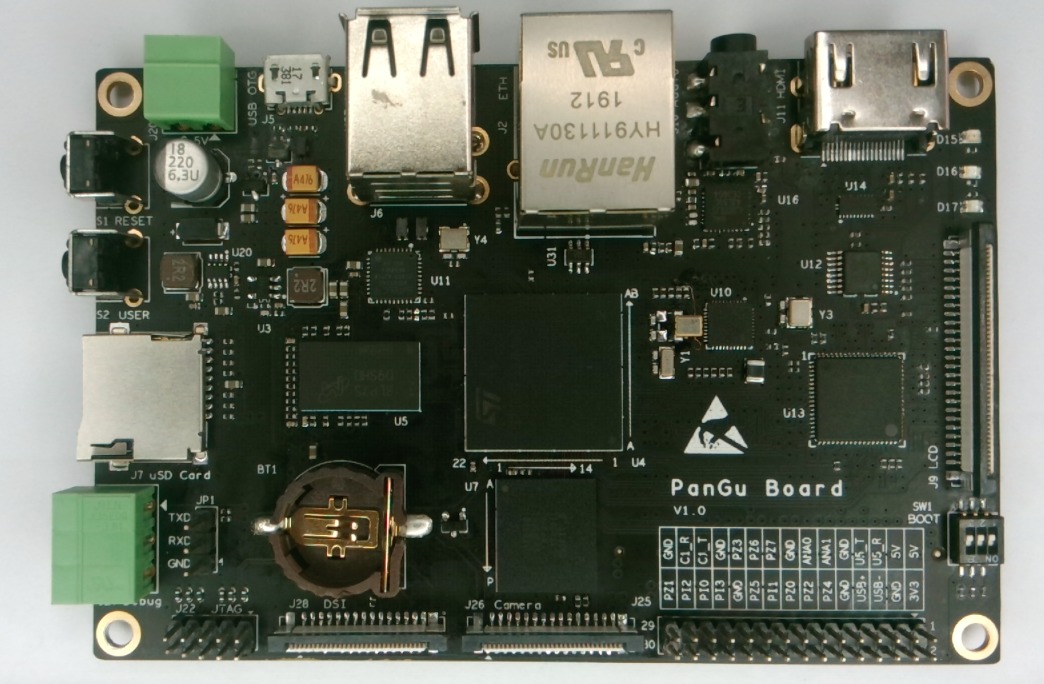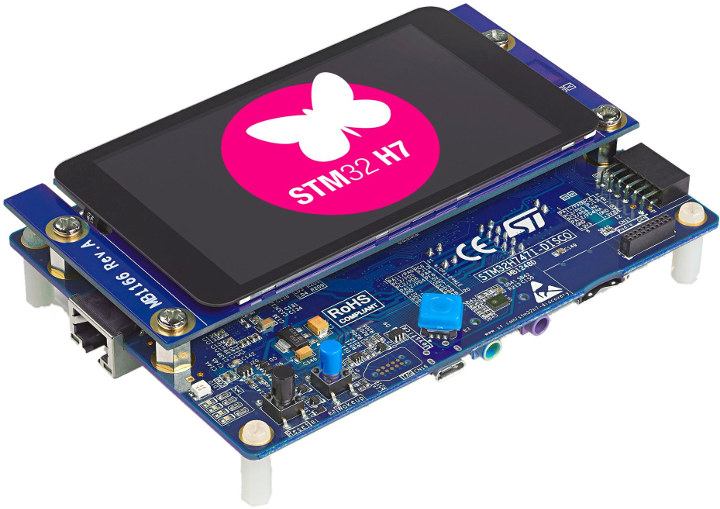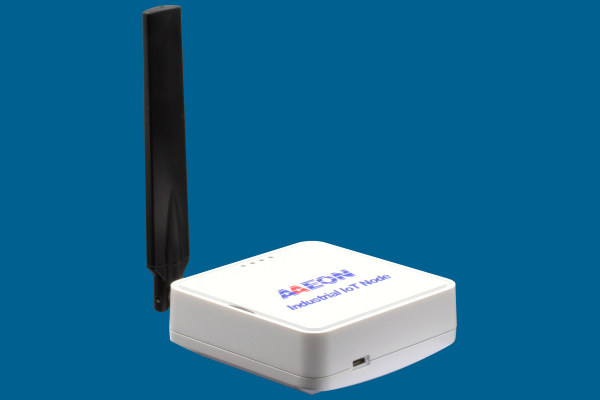RAK7200 is a LoRa Tracker node built around the AcSIP S76G chip. It integrates the ultra-low-power STM32L073 micro-controller, the SX1276 LoRa long range modem, and the CXD5603GF GPS receiver. The RAK7200, being a fully functioning LoRaWAN device, is particularly suited for IoT applications. Such as asset tracking, smart vehicle management, location-based service, etc. According to the device manufacturers, RAKWireless, a leading Chinese IoT solutions company, based in Shenzhen, RAK7200 requires minimal setup. Just pop in the included battery, close the housing and you can start sensing your GPS data over LoRaWAN. Furthermore, there are sensors built-into the board: a 9-axis accelerometer and pressure sensor. The new GPS Tracker node is an upgrade over the company’s earlier offering in the GPS tracker space, the RAK7205. Now, the earlier version, the RAK7205, was mostly aimed at developers, with its larger more robust casing and solar panel. But the RA7200 is more of […]
Somu Tiny Open Source FIDO2 Security Key Enables Passwordless Login & Two-factor Authentication (Crowdfunding)
Tomu is a tiny, open source USB connector-sized board powered by a Silicon Labs Happy Gecko Cortex-M0+ MCU that adds two keys to your computer and can work as a Universal 2nd Factor (U2F) token to support two-factor authentication (2FA). But the board is not secure enough for FIDO2 support, and Tomu’s developer worked on a secure USB key called Solokey, and shrank it to Tomu form factor. Meet Somu open-source and secure key with FIDO2 support for compatibility with your Google, Twitter, and GitHub accounts for two-factor authentication, or your Microsoft account passwordless login. Somu hardware specifications: Secure MCU – STMicro STM32L432KC Arm Cortex-M4 microcontroller with TRNG, security isolation for keys, two levels of locked flash Crypto Algorithms – ECC P256 (as per FIDO2 standard) Supported Protocols – FIDO2, U2F Host Interface – USB type-A port Misc – Two touch buttons ( in FIDO2 firmware the two buttons behave […]
STMicro Launches $10 STLINK-V3mini Mini Probe for STM32 MCUs
Last year, we reported STMicroelectronics launched STLink-V3 debugger & programmer for STM8 & STM32 microcontrollers that added I2C, SPI, and CAN interfaces compared the previous STLink-V2 model. It’s not particularly expensive either at $35, but if you ever wanted something more compact and cheaper, the company has now introduced STLink-V3mini debugger going for under $10. STLINK-V3Mini key features and specifications: JTAG / serial wire debugging (SWD) specific features: 3 V to 3.6 V application voltage support and 5 V tolerant inputs JTAG communication support SWD and serial wire viewer (SWV) communication support Virtual COM port (VCP) specific features: 3 V to 3.6 V application voltage support on the UART interface and 5 V tolerant inputs VCP frequency up to 15 MHz USB – Micro USB 2.0 connector for power and connection to host computer Misc – 2x color LEDs: communication, power; STDC14 signals protection Dimensions – 30 x 15 mm […]
TensorFlow Lite for Microcontrollers Benchmarked on Linux SBCs
Dimitris Tassopoulos (Dimtass) decided to learn more about machine learning for embedded systems now that the technology is more mature, and wrote a series of five posts documenting his experience with low-end hardware such as STM32 Bluepill board, Arduino UNO, or ESP8266-12E module starting with simple NN examples, before moving to TensorFlow Lite for microcontrollers. Dimitris recently followed up his latest “stupid project” (that’s the name of his blog, not being demeaning here :)) by running and benchmarking TensorFlow Lite for microcontrollers on various Linux SBC. But why? you might ask. Dimitris tried to build tflite C++ API designed for Linux, but found it was hard to build, and no pre-built binary are available except for x86_64. He had no such issues with tflite-micro API, even though it’s really meant for baremetal MCU platforms. Let’s get straight to the results which also include a Ryzen platform, probably a laptop, for […]
PiJuice Zero a UPS for the Raspberry Pi Zero (Crowdfunding)
Made to work with the Raspberry Pi Zero, the PiJuice Zero is an Uninterruptable Power Supply (UPS) and project platform board, that can fit inside the Pi Zero case. The latest innovation from the tech gurus at Pi Supply, the PiJuice Zero is easy to use and quite powerful. The original product was the PiJuice HAT which was released in 2016. The rundown on this platform and the crowdfunding page can be found on Crowd Supply. The PiJuice Zero allows users to take their Raspberry Pi Zero projects anywhere and still keep things running, while intelligent power management controls how that power is utilized. The user-friendly software, programmable LEDs and switches allow for maximum options in applications. The PiJuice Zero was made for those in-the-field projects. Completely wireless and off-the-grid power supply the PiJuice Zero is packed with features and allows for applications for the Raspberry Pi Zero, that couldn’t […]
PanGu Board an SBC Based on the STM32MP1 Processor
The PanGu Board is a single board computer (SBC) that is feature-rich and versatile, at an affordable price point. The board powered by STMicroelectronics STM32MP1 processor was released in February of 2019 and hadn’t really made much a splash in the pool of microprocessors available at the time. The processor is now the main feature of the PanGu Board, an SBC with a host of features and utilizing the Arm dual-core Cortex–A7 MPU and the Cortex-M4 coprocessor to allow for more enhanced multimedia ability and all the heavy real-time processing that users are calling for today. Hardware Features MPU Dual Cortex-A7, 650MHz Cortex-M4, 209Mhz 3D GPU Flash & Memory 16-bit DDR3L, up to 1GByte 8-bit eMMC Flash Quad-SPI NOR Flash Supports Micro SD Audio 3.5mm stereo headphone jack support microphone input Display Parallel RGB LCD interface, the resolution up to WXGA (1366×768) MIPI DSI interface Support for resistive and capacitive […]
STMicro adds Dual-core Cortex-M7/M4 Microcontrollers to STM32H7 Family
STM32H7 is the high-performance family of STMicroelectronics Arm Cortex-M7 microcontroller. So far all STM32H7 MCUs had a single core, but the company has now added dual-core devices (STM32H74x/75x) comprised of an Arm Cortex-M7 core clocked at up to 480 MHz and a Cortex-M4 core clocked at 240MHz. In some way, this part is the little brother of STM32MP1 Arm Cortex-A7 + Cortex-M4 processor, as the new dual-core MCU also targets current products upgrade with the Arm Cortex-M4 core running legacy code, and the more powerful Cortex-M7 aimed at new features such as more sophisticated graphical interfaces, or offloading intensive workloads such as neural networks, checksums, DSP filtering, or audio codecs. Highlights of the new STM32H7 dual-core microcontrollers: Cores Arm Cortex-M7 at 480 MHz Arm Cortex-M4 at 240 MHz 3224 CoreMark / 1327 DMIPS Up to 2MByte Flash and 1Mbyte SRAM on-chip Dual-Bank Flash for seamless firmware updates “New” features MIPI […]
AIOT-ILND01 LoRa Node Comes with AA Battery Holder, Grove Connectors, Optional Enclosure
AAEON specializes in industrial and embedded computing platforms, and usually their products are fairly powerful Windows or Linux based computers, gateways, or network appliances. But in order to provide a complete LoRa solution to system integrators, the company has now introduced AIOT-ILND01 LoRa node powered by STMicro STM32 MCU, and compatible with their AIOT-IP6801IP68 IoT Gateway, as well as other LoRa gateways. AIOT-ILND01 LoRa node specifications: MCU – STMicro STM32L Arm Cortex-M3 MCU @ 32 MHz Connectivity 868MHz/915 MHz LoRa via Semtech SX1276 chipset 1x SMA antenna hole, 1x IPEX antenna hole Sensors – Temperature & humidity sensor, 3-axis accelerometer Expansion – 3x GROVE connectors: 1x UART1 (RS-232/422/485), 1x UART2 (Tx/Rx), 1x I2C Misc – 4x user LEDs, boot select button, 2x user buttons, 1x reset button Debugging – JTAG header Power Supply 5V via micro USB port Battery holder for 2x 14500 rechargeable Lithium-ion battires or AA batteries Dimensions […]


